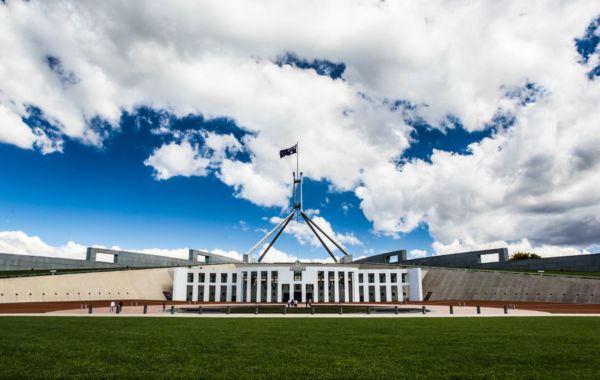By-election results: Do the numbers suggest we’re tired of the two-party system?

For Mark Latham, the results of this weekend’s by-elections are a worrying sign for the major party duopolies.
Though the weekend was an irrefutably embarrassing defeat for those in the Coalition ranks, the crunched numbers seem to point towards an overarching aversion to both mainstream parties.
Voters who have long parked their votes with the two major political camps now seem to be thinking twice, as Australia follows the well-established international trend of abandoning the left and right dichotomy. The combined Liberal and Labor vote across the three electorates of Longman, Braddon and Mayo was just 62.5% on Saturday, down from 78.3% in the 2013 federal election results in those seats. An erosion in Liberal Party support seems more pronounced, with Longman and Braddon seeing a 16 to 17% drop in Liberal Party support since 2013.
Mark Latham says this speaks to an “artificiality” in the traditional two-party system.
“These low primary results have sort of put Australian politics into a twilight zone, where the two major parties know they aren’t trusted by the people,” says Latham.
“I think we’ve had a decade of policy failure in both Liberal and Labor. You look at the big issues of economic policy, tax policy, education, health, trying to do something about political correctness and identity politics. The two major parties have failed on all these policy agendas.”
Latham says the by-election result is symptomatic of an inevitable “third force” that will soon emerge in Australian politics. He suspects this will come as a good thing for democracy.
“Ultimately, the public aren’t silly. It’s not genuine. It isn’t producing results for them.”
“So naturally, they’re looking to alternative parties to get some solutions.”
Click PLAY below for the full interview















